The three main types of Thermal Spraying
The three main types of Thermal Spraying
Thermal spraying is a highly complex process that’s used to restore dimensional accuracy to metal components, or to change the surface properties of the sprayed items. The goal is to cost-effectively improve wear resistance, corrosion resistance, or thermal conductivity. Rather than replacing an item, you can restore it instead. And we really do mean “restore” — items come out as good as new, saving you significant replacement costs.
But, when we say, “thermal spraying”, what do we actually mean? The essential feature of any thermal sprayed coating is that when the sprayed material comes into contact with the work surface, it deforms to mechanically lock into the induced profile of the repair surface.
At New Metal Surfaces, we offer three types of thermal spray solutions — High Velocity Oxygen Fuel (HVOF), Twin Wire Arc Spray, and Combustion Powder Spray. Although they have overlapping outcomes, each uses a very different method. There’s no one size-fits-all when it comes to thermal spraying. The type of thermal spraying chosen depends on the component, desired outcomes, application, industry, and operational environment.
Let’s break these down in a little more detail.
1. HIGH VELOCITY OXYGEN FUEL (HVOF)
Historically, thermal spray technology centred around techniques of heating particles into a softened state before impact to guarantee adequate deformation. HVOF introduced a revolutionary method. The HVOF system accelerates the combustion gases to velocities greater than the speed of sound. By introducing the powder into this stream, the powder is both accelerated and heated before impacting the prepared surface and plastically deforming, which results in a coating that is able to achieve bond strengths greater than 10,000 psi.
HVOF offers a low-porosity, dense coating that provides better wear resistance and more protection than other coating solutions. Interesting fact: our premium HVOF coatings can produce deposits with less than 1% porosity.
So, when would you use HVOF?
You’d typically apply HVOF to:
- Provide superior rebuild and salvage operations.
- Increase abrasion resistance.
- Increase sliding wear resistance.
- Increase resistance to fretting, galling or adhesive wear.
- Increase resistance to cavitation effects.
- Increase resistance to chemical attack.
- Increase control of oxidation and sulfidation.
- Increase atmospheric and high temperature corrosion control.
2. TWIN WIRE ARC SPRAY
Twin Wire Arc Spray could be described as an all-purpose coating, as it can be applied in a range of applications. Twin Wire Arc Spray utilises two metallic wires being fed into the torch at matched speeds. When these wires meet, they create an electric arc that melts the wire ends (hence the name of the method). Compressed air is then used to atomise and accelerate these particles onto the work surface.
Twin Wire Arc Spray is extremely diverse, and although it’s not right for all components, this is the most “popular” thermal spray solution.
How do I know if Twin Wire Arc Spray is the choice for me?
At New Metal Surfaces, we use Twin Wire Arc Spray to:
- Reclaim worn, damaged, or mis-machined parts.
- Increase atmospheric and high temperature corrosion control.
- Rebuild and salvage components.
- Provide electrical conductivity.
- Provide anti-skid and traction coatings.
3. COMBUSTION POWDER SPRAY OR FLAME SPRAY
Combustion Powder Spray (sometimes called ‘Flame Spray’) involves powdered material being fed into a flame to melt. The thermal expansion of the combustion is then used to accelerate the particles onto the chosen work surface. This method of thermal spraying is cost-effective, reliable, and allows for the application of metallic and ceramic materials.
Should I use Combustion Powder Spray?
At New Metal Surfaces, our team employs Combustion Powder Spray in a few, very specific applications for a more tailored approach. For example, our chrome oxide ceramic coating provides excellent corrosion resistance due to its low chemical reactivity. This coating is most suitable in industrial pumping applications where the fluids or slurries being moved can be highly corrosive and abrasive. It’s best suited to:
- Industrial pumping applications.
- Increase abrasion resistance.
- Increase sliding wear resistance.
- Increase corrosion resistance.
- Increase atmospheric and high temperature corrosion control.
How will you know which method is right for your component?
The good news is you don’t have to know! Our team of experts comprehensively inspect each component as it comes to us and consider a range of factors like the component’s wear and tear, age, size, industry, operating environment, and more. Then, we’ll let you know which thermal spray application is best for your circumstances.


